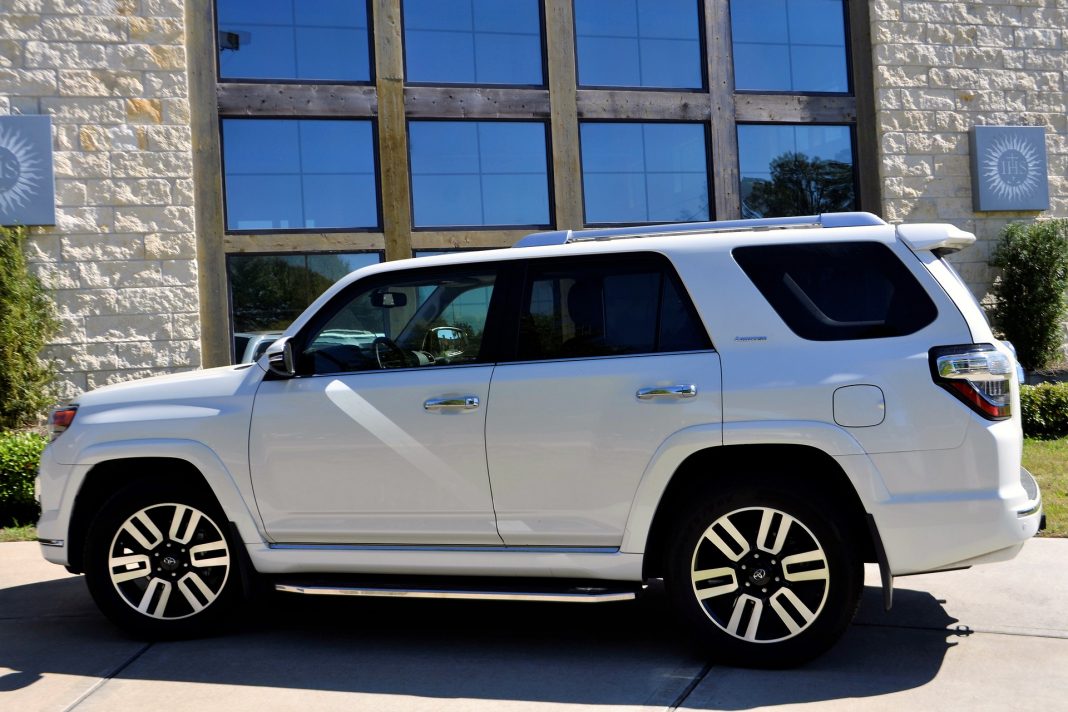In Spain, you are allowed to have some of your car´s windows tinted, but there are rules.
Car window tinting is a great way of cooling down the inside of the vehicle, especially during the summer months, and can also add a certain amount of privacy to the vehicle. The process can also add an extra level of security in the event of the glass breaking, and can protect you and your vehicle´s occupants from harmful UV rays.
Tinted windows are created by the application of dark sheets that are glued onto the original glass of the vehicle. However, this is not just something that you can do yourself, as there are serious consequences in getting it wrong.
Firstly, we need to know that not all the windows are allowed to be tinted. In fact, it is not permitted to have the front windows tinted in any way, and both the vehicle´s windscreen and side windows at the front must remain clean as per the manufacturer’s specification.
This same rule applies to stick on sunshades. You must not affix anything to the front windows, other than the small stickers defined by law, the ITV, Eco and “car share” stickers on the windscreen, for example.
You are allowed to have your rear door windows or the back windows if your vehicle doesn´t have doors, and the rear window of the vehicle tinted.
The tinting must be of an approved type, and the opacity must fall within specified requirements, but we don´t need to worry about these as only approved tints can be used and fitted by an approved installer.
The installer must provide you with a certificate provided by the manufacturer of the laminate that must be completed by the installer. This certificate must then accompany your vehicle´s documents.
Once you have your windows tinted it is important to monitor them for any faults. If the laminate starts to bubble or peel, then it is no longer acceptable and must be removed or replaced. This is because these flaws will reduce visibility which must always be maintained around the vehicle.





